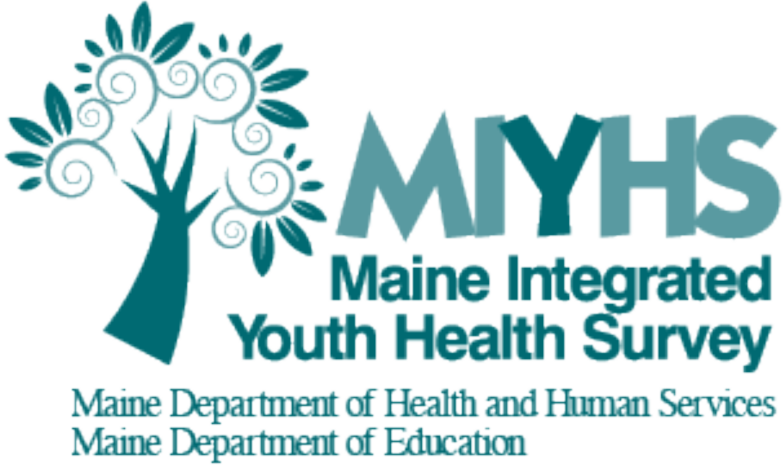FAQs
General Information
On
- What is the Maine Integrated Youth Health Survey?
On
- Who funds the Maine Integrated Youth Health Survey?
On
- What grades does the MIYHS include?
Data Use And Availability
On
- How do I request data?
- If you are interested in requesting data other than what is provided in the reports, please email miyhs.dhhs@maine.gov. School data are only released with signed SAU permission forms signed by the superintendent or principal.
On
- When will new MIYHS data be available?
On
- Do you have a policy on releasing MIYHS data?
On
- How are the MIYHS results used by state agencies, local agencies, and nonprofit organizations?
On
- How can my school district use the MIYHS results?
On
- How do I access MIYHS data for my school or community?
Survey Contents
On
- What topics does the MIYHS cover?
On
- Where do the questions on the MIYHS come from?
On
- Will asking questions about certain topics actually encourage certain behaviors?
School And Student Participation
On
- How long does it take to complete a MIYHS questionnaire?
On
- Is parental permission obtained?
On
- Are students required to participate in the MIYHS?
On
- Does the MIYHS track specific students over time?
On
- What schools are eligible to participate in the MIYHS?
On
- How are schools selected to participate in the MIYHS?
On
- Can my school volunteer to participate in the MIYHS?
On
- How does the MIYHS protect student privacy and confidentiality?
Methodology
On
- What is the methodology of the MIYHS?
On
- What does it mean for the data to be "weighted"?
Validity And Reliability
On
- What kinds of validation or reliability studies have been done on the MIYHS questionnaire?
On
- How do I know that the MIYHS was answered truthfully?
